Among the many types of tea in our country, Green Tea accounts for over 80%. Green tea is the world's preferred healthy beverage and is considered China's national drink. But what exactly is green tea? On the surface, it might seem like green tea is simply green leaves from a tea tree, but this is not what people commonly refer to when they talk about drinking green tea.
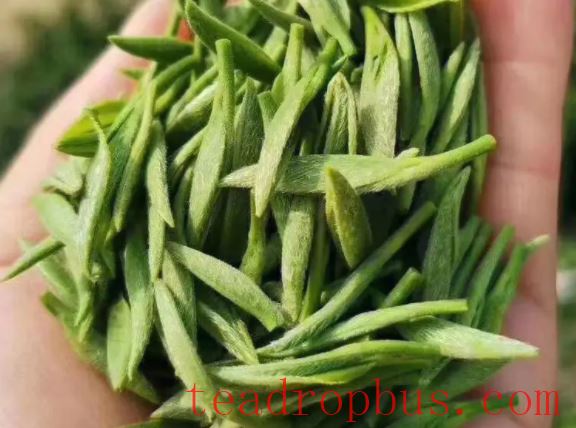
According to its definition, green tea refers to the green leaves picked from a tea tree that have been processed into storable leaves that can be brewed with water for consumption. Green tea belongs to the category of unfermented teas, and as such, meets modern environmental health requirements for being natural, pollution-free, eco-friendly, and low-carbon.
Green tea is the primary type of tea in China, and it has the highest production among the six major categories of initial processing, with an annual output of around 400,000 tons. It is grown across the widest range of areas, including Zhejiang, Anhui, Henan, Jiangxi, Jiangsu, Sichuan, Hunan, Hubei, Guangxi, Fujian, Guizhou, and other tea regions. Green tea goes through typical processes such as fixation, rolling, and drying, which contribute to the color and quality of the final product.
What are the processing steps for green tea:
1. Plucking
Plucking refers to the process of picking the tea shoots. There are strict standards for plucking, including the maturity and uniformity of the buds and leaves, as well as the timing of the pluck, all of which are crucial factors in determining the quality of the tea.
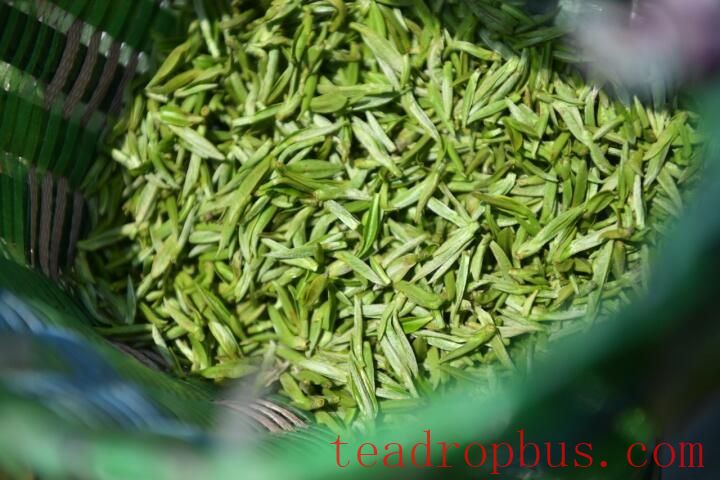
2. Withering
After the fresh leaves are picked, they are spread out on clean containers with a thickness of about 7–10 centimeters. The leaves are allowed to wither for 6–12 hours, with occasional turning. When the moisture content reaches 68%–70%, the leaves become soft and emit a fragrant aroma, indicating they are ready for the fixation stage.
3. Fixation
Fixation is a critical step in the processing of green tea. It involves using high temperatures to release moisture from the leaves, deactivate the enzymes, and halt enzymatic oxidation. This process also causes certain chemical changes within the fresh leaves, which form the characteristic qualities of green tea, preserving its color and flavor.
4. Rolling
After fixation, the leaves are rolled in a manner similar to kneading dough. The main functions of rolling are: appropriately breaking down the leaf tissue (the cell destruction rate for rolled leaves is generally 45–55%, with the tea juice adhering to the leaf surface, giving a slippery feel when touched) to make the tea easy to Brew while also ensuring it remains robust enough for multiple infusions; reducing the volume to prepare for the drying process; and shaping the leaves to create different characteristics.
5. Drying: The drying process for green tea typically involves first using a hot air oven to reduce the moisture content to meet the requirements for pan-firing, followed by pan-firing to dry the tea.
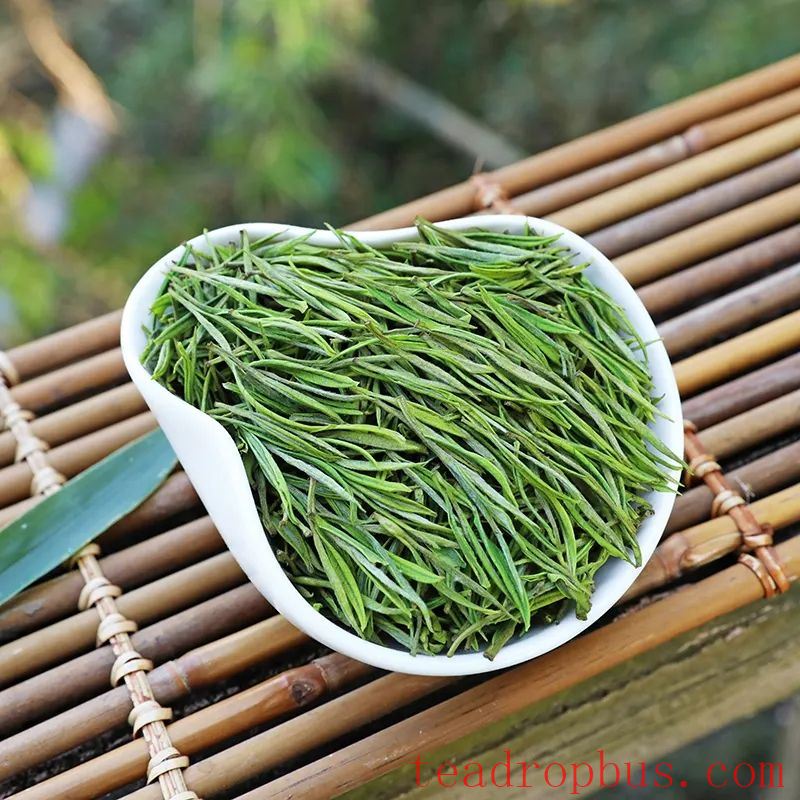
What types of green tea are there:
1. Steamed Green Tea
Steaming is one of the earliest methods used in China for producing green tea. Fresh leaves are steamed to soften them before being rolled and dried, resulting in what is collectively referred to as “steamed green tea.”
The tea liquor is light green and tender, with the leaves having a bright green color. The taste is fresh, sweet, and mellow, with a seaweed-like aroma of green beans or chestnuts.
Representative teas include Enshi Jade Dew and Yuchuan Fairy Palm. The tea ceremony in Zhejiang's Jing Mountain was spread by visiting Japanese monks, inspiring the rise of Japanese “tea ceremony,” which continues to use steamed green tea today.
2. Pan-Fired Green Tea
Pan-fired green tea is the most widely produced and distributed type of tea in China, originating during the Ming Dynasty (when steaming was replaced with pan-firing).
Fresh leaves are fixed, rolled, and then pan-fired, collectively referred to as “pan-fired.” The tea liquor is bright yellow-green and fragrant.
The taste is fresh and full-bodied, rich but not bitter, with a sweet aftertaste.
Depending on shape, it can be categorized into long pan-fired, round pan-fired, flat pan-fired, and delicate pan-fired, with representative teas like West Lake Longjing and Biluochun.
It is often used as the base for compressed teas like Pu'er, brick tea, and Fu brick tea.
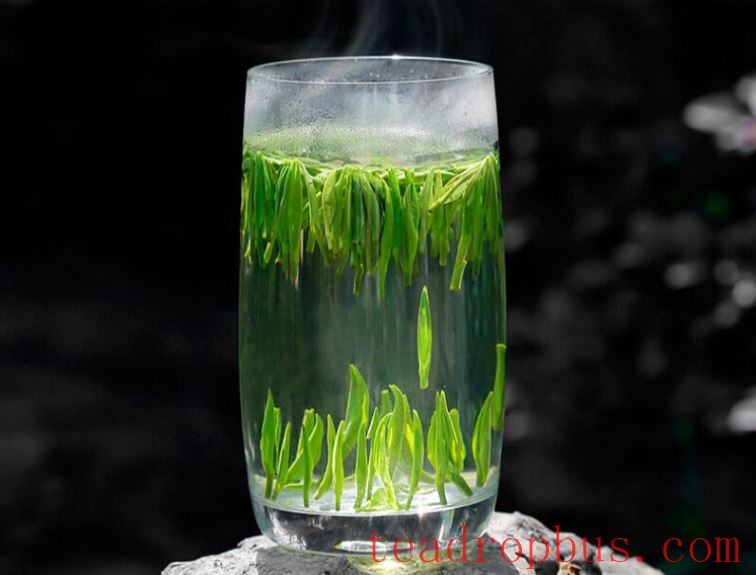
3. Sun-Dried Green Tea
Sun-dried green tea refers to green tea that is sun-dried after being pan-fired and rolled. The dried tea has a thick and robust appearance, with visible white down and a deep green lustrous color.
The tea liquor is bright yellow-green, and the leaves are thick and durable when infused.
The aroma is rich and mellow, with a strong astringency.
Sun-dried green teas can be classified into Dianqing (Yunnan), Chuanqing (Sichuan), and Shaanqing (Shaanxi), with Yunnan's large-leaf Dianqing being the best in quality, typically plucked at the standard of one bud with three or four leaves.
4. Oven-Dried Green Tea
Fresh leaves that are fixed and rolled and then oven-dried are collectively referred to as “oven-dried.” Depending on shape, they can be categorized into strip-shaped, needle-shaped, flake-shaped, and more.
The dried tea is green with visible white down and a deep green lustrous color. The tea liquor is yellow-green or tender green, with uniformly colored leaves that are bright green and fresh, without any brownish tinge.
The taste is rich and has an aroma of being baked, with a lingering sweetness, although it does not hold up well through multiple infusions. The aroma of the infused leaves is generally not persistent.
Oven-dried green teas can be further divided into ordinary oven-dried and delicate oven-dried, such as Taiping Monkey King, Huangshan Mao Feng, and Chuan oven-dried.
Most oven-dried green teas are used as the base for scented teas, like jasmine-scented tea.
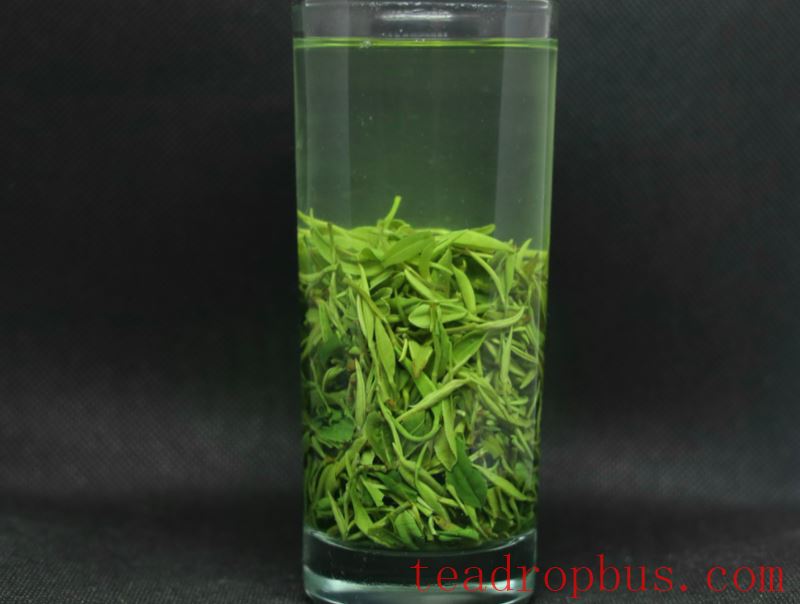
Why does green tea have a fresh and refreshing taste?
The basic processing steps for green tea include withering, fixation, rolling, and drying. Among these, withering and fixation are key steps that influence the fresh and refreshing taste of green tea.
During the withering process, catechins undergo respiratory consumption and enzymatic oxidation, gradually decreasing in content. As the main substances responsible for bitterness and astringency in tea, their reduced content after withering helps to decrease the bitterness and astringency in the tea liquor, enhancing its smoothness.
At the same time, the content of free amino acids derived from protein hydrolysis or biosynthesis increases significantly during withering, contributing to the freshness and refreshing taste of the tea liquor. Studies have shown that compared to natural withering, low-temperature withering can extend the post-harvest withering period of fresh leaves